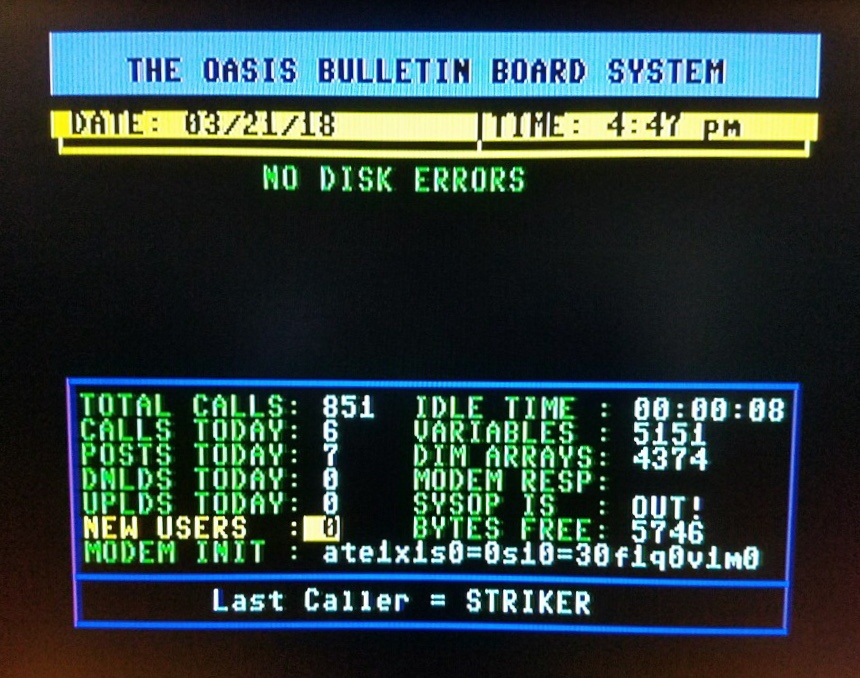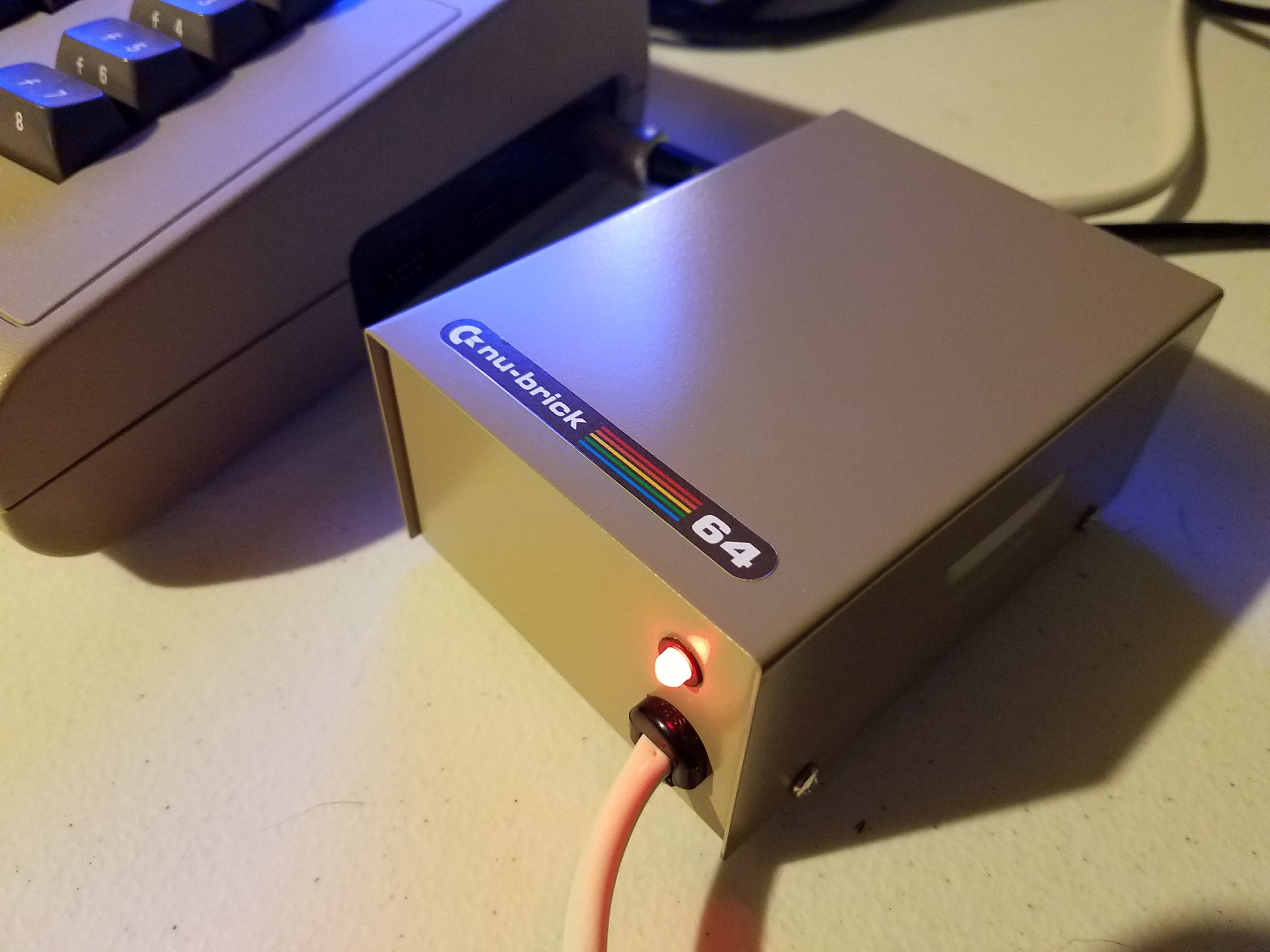In a recent video update, AnyBit Fever Dreams offers a closer look at FireJam, a custom application being built for the F256K2 platform. The tool is getting close to its first full release, and the latest focus is integrating support for the OPL3 chip—a familiar name for anyone who’s tinkered with Adlib Tracker or DOS-era sound programming.
The demo walks through the process of pulling instrument data directly from Adlib Tracker II and mapping it into FireJam. The trick is in translating the instrument parameters—mainly carrier and modulator values—into FireJam’s format. These are the key values that shape how a sound behaves, and getting them right means the results match what you’d hear directly from the tracker.
The interface in FireJam allows real-time testing of instruments using the keyboard and offers quick instrument switching. It mimics the tracker-style workflow, helping users zero in on the sound they want. There’s a lot under the hood here, though—especially since OPL3 can handle more complex arrangements than the simpler 2-operator structures used in basic Adlib tunes. The chip supports four-operator modes and flexible routing setups, which opens the door for far more intricate synthesis.
To carry an instrument over, the developer simply codes the parameter values into a constant array, compiles the project, and tests it live in FireJam using the F256K2’s onboard OPL3. The video includes side-by-side playback comparisons—first in Adlib Tracker II, then in FireJam—to show that the sound holds up.
FireJam itself is shaping up to be a full-featured playground for the F256K2’s broad sound capabilities. This platform supports dual SID chips (implemented in FPGA), dual PSGs, OPL3, built-in MIDI (via the SAM2695), and digital audio playback through the VS1053b. FireJam ties all of this together into a single interface where users can experiment with sounds, play beats, and even connect external synths through the MIDI port.
The project is open-source, written in C, and meant for hands-on users who want to directly interact with the F256K2’s sound hardware. Its source code in C is here:
https://github.com/Mu0n/F256KsimpleCdoodles/tree/main/midiTest
If you’re curious how FireJam handles sound chip programming—or just want to hear some rich FM synthesis in action—this video is well worth your time. It’s both a development update and a sneak peek at what this platform can really do with the right software.







